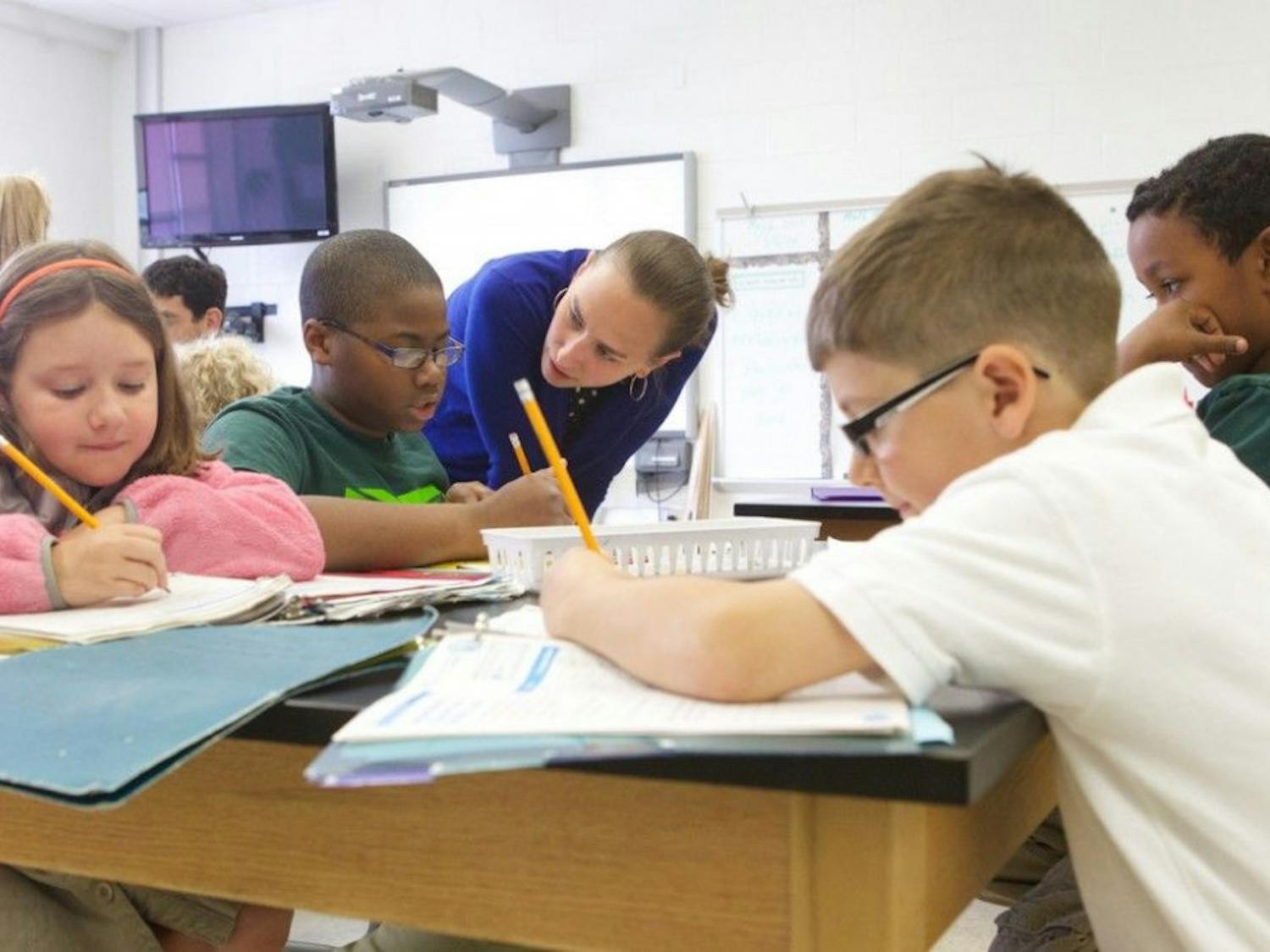College athletic departments around the country have been under the microscope lately after several programs were exposed for graduating athletes, especially in football and basketball programs, who were not able to legitimately graduate the college's programs.
At several institutions and in some extreme cases, players were unable to either read or write at a college level, exposing the integrity of the athletic departments' academic programs and standards.
Even at accredited universities like the University of North Carolina, years of cheating were exposed. There were lecture classes created for athletes in their African American Studies program that had been exposed in a 2012 investigation by Mary Willingham.
Essentially, these curriculums were started in order for athletes to enroll in a class and receive illegitimate grades for work they did not have to do. The system was put in place to enable athletes that struggled academically and give them a free pass through the higher education learning process. Schools are promoting the product on the football field and letting their educational integrity bear the burden.
Another example that comes to mind is the story of Dasmine Cathey, a University of Memphis football player who enrolled in the summer of 2007 and graduated in the 2012 spring semester. In an article by Brad Wolverton entitled "The Education of Dasmine Cathey," Wolverton outlines Cathey's struggles with graduation after entering the university with an elementary reading ability.
There are guidelines in place for student-athletes admittance to Memphis that make the process more selective. There is a minimum high-school grade point average of 2.00, a minimum 16 ACT composite score with a minimum of 16 in the English and Reading subscores or a SAT score of 770 with a minimum of 390 Verbal subscore. Those ineligible by these standards are admitted only by presidential exemption and must sit out their freshman year.
Each year, less than a handful of presidential exemptions are awarded for Tiger student-athletes, one notable example was alumni Anfernee "Penny" Hardaway. Following his NBA career, he donated a sum of one million dollars in order to create an Athletics Hall of Fame on the University's campus.
The University has made leaps and bounds when it comes to athletes and their academics. According to a press release by the Center for Athletic Academic Services at the university, the overall grade point average and percentage of student-athletes qualifying for Academic Honors (3.0 GPA or better) rose every year since the 2009-10 academic year. In 2009-10, the GPA for student-athletes was 2.78, while 49 percent of student-athletes qualified for Academic Honors. Since then, the GPA has climbed to 2.96 in 2012-13 and 59.5 percent of student-athletes qualified for academic honors.
Other indicators of the success of student-athletes are the continually rising Graduation Success Rates and Academic Progress Ratings. The APR is a four-year average of performance academically that benefits athletes that maintain their eligibility and continue their education at the same school.
Each semester, athletes are judged on their eligibility and their enrollment in the university, each of those being worth one point. There is a potential for four points each academic year for each athlete. The total number of points the athletes earned is divided by points possible, and the result is multiplied by 1000 in order to get the APR score.
In 2008-09, 73 percent of student-athletes graduated, and that percentage increased to 84 percent by 2012-13. The APR for these athletes has increased as well, from 965 in 2008-09 up to 978 in 2012-13.
The NCAA as a whole has increased its standards as well. Notably, the 2012-13 University of Connecticut men's basketball team was ineligible for post-season play because their APR was below 900 for three consecutive years.
The Institute for Diversity and Ethics in Sports at the University of Central Florida conducted a comprehensive analysis of the men's basketball tournament teams and their APR and GSR.
Richard Lapchick, the primary author of the study and is the director of TIDES, said in the study that the results have stagnated rather than improved.
"This year we seemed to be treading water instead of moving ahead," Lapchick said. "The academic reforms have led to positive change since their passage almost a decade ago. We need to raise the bar and move toward 60 percent being the acceptable standard for the APR. This year 88 percent of the teams in the men's tournament are already there."
Lapchick is speaking about the nation in general, but he also commended the top ten schools with the highest GSR, including the U of M.
Along with the basketball program, other sports have excelled in academics. Since the 2008-09 academic year, 40 teams have scored a perfect APR score of 1000. In those five years, the basketball team, the women's golf team and women's tennis teams scored perfect in each of the five. The volleyball team scored 1000 in four of those five years.



